In the Croatian coastal town of Trogir, archaeologists have uncovered a haunting burial in the Roman cemetery of Dragulin that sheds light on infant mortality, maternal health, and social customs in the Roman period. The 2016 excavation, which took place during the construction of a private parking lot, revealed the remains of fraternal twin infants – a boy and a girl – who were buried face-to-face. The findings, published in the Journal of Archaeological Science: Reports, have been studied by an international team of researchers.

Genetic analysis confirmed that the babies were twins who likely died at or shortly after birth, sometime between the late 1st and late 2nd century CE. The fact that they were buried together in the same grave suggests they died within a very short period of each other, possibly as stillbirths. As Dr. Anna Osterholtz of Mississippi State University, lead researcher on the project, described, the burial was found in a section of the cemetery that would have been reserved for the youngest members of the community.
The skeletons, while poorly preserved, held significant clues to the health of the twins and that of their mother. Both infants showed signs of severe, chronic metabolic illness, such as scurvy and rickets, caused by deficiencies in vitamin C and vitamin D, respectively. The illnesses were most likely the result of maternal malnutrition during pregnancy and breastfeeding. As the researchers outlined, infants under six months derive all of their nutrition from their mothers, either in utero or through breast milk.
A more alarming potential addition to their condition is lead poisoning, a toxic hazard pervasive in Roman urban life. Lead was used extensively in water pipes, cookware, paints, and even as a sweetener and preservative in wine and food. Lead exposure can disrupt nutrient absorption, interfere with neurological development, and is linked to excessive miscarriage, stillbirth, and infant mortality. The twins’ bone conditions—such as their excessive porosity and abnormal bone growth—are similar to those caused by chronic lead exposure. While the twins’ skeletons were not chemically analyzed for lead, lead levels in Roman-period skeletons from nearby regions in Croatia have been found to be extremely high.

“Their mother was unlikely to be able to produce breast milk that would have been nutritious enough to help, possibly due to increased exposure to lead that she also passed along through breast milk,” the study notes.
Despite their brief lives, the fact that the twins were buried suggests the emotional impact of their loss. The careful placement of their bodies, face-to-face, is a rare and unprecedented gesture. “Though it is possibly extending modern sentiments into the past, their burial posture suggests to us that care was expended in placing the burials, that they were loved and would be missed in their family,” the researchers wrote.
This twin burial is significant not only as a singular example of this practice in Roman Croatia but also as the first published osteobiography of the Dragulin cemetery. The study, carried out by Osterholtz, Mario Novak, Mario Carić, and Lujana Paraman, sheds further light on Roman health and mortality and adds to growing evidence of environmental factors, like lead contamination, that may have played a role in the deaths of individuals and even civilizations.



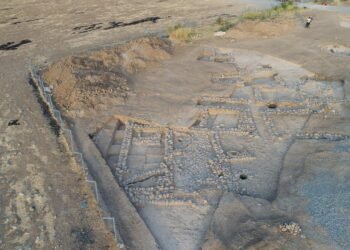
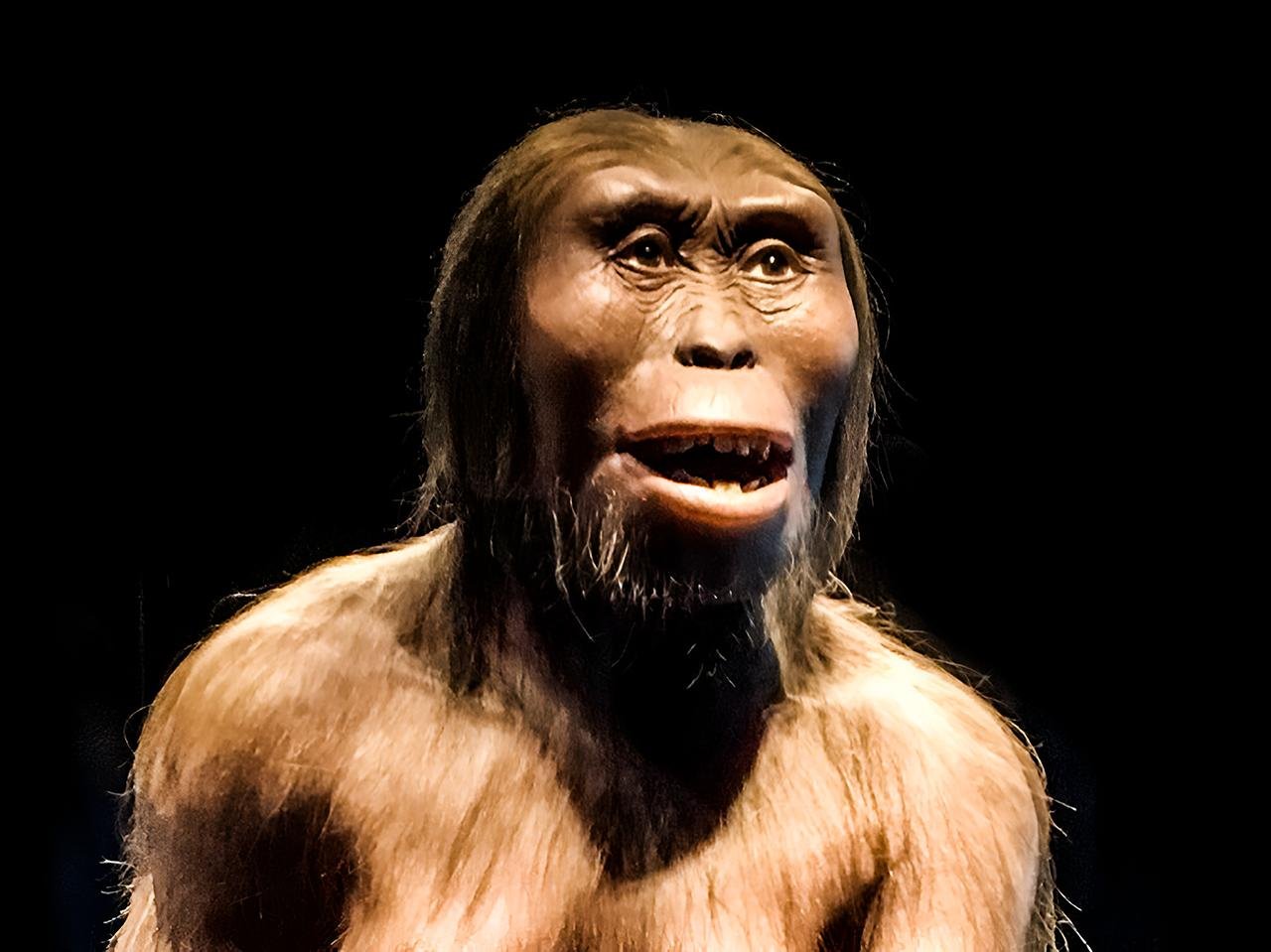
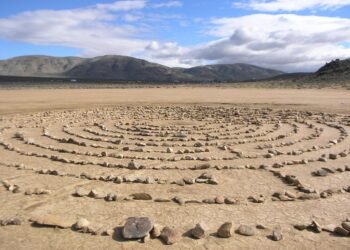
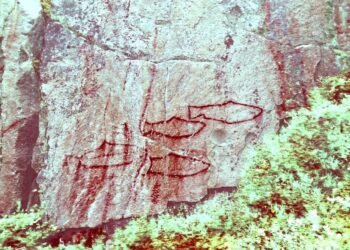
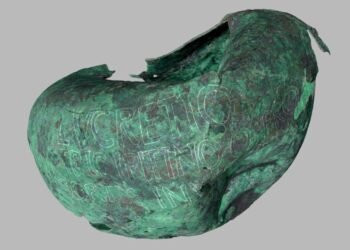
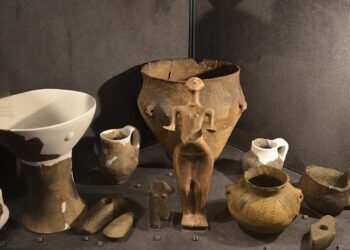













Disclaimer: This website is a science-focused magazine that welcomes both academic and non-academic audiences. Comments are written by users and may include personal opinions or unverified claims. They do not necessarily reflect the views of our editorial team or rely on scientific evidence.
Comment Policy: We kindly ask all commenters to engage respectfully. Comments that contain offensive, insulting, degrading, discriminatory, or racist content will be automatically removed.